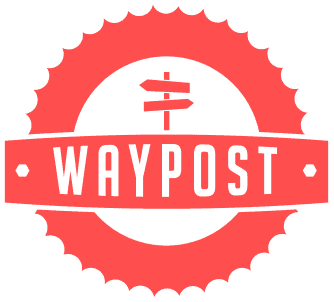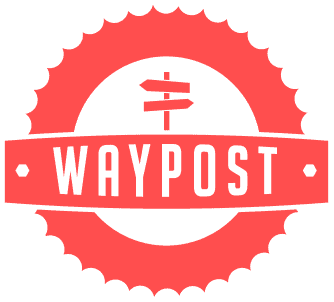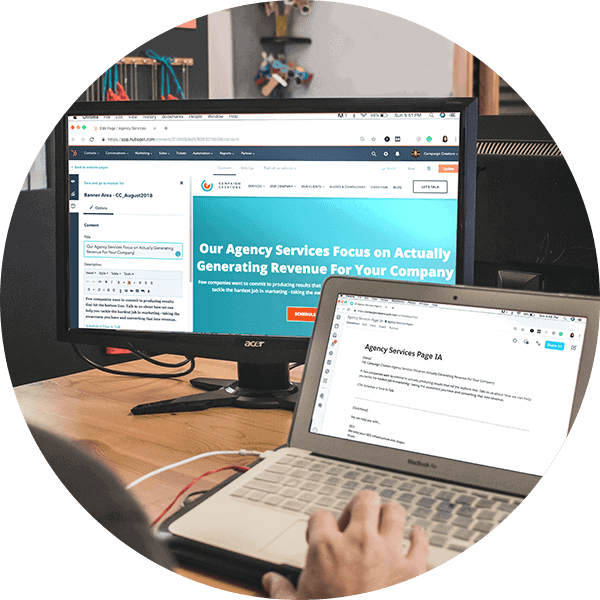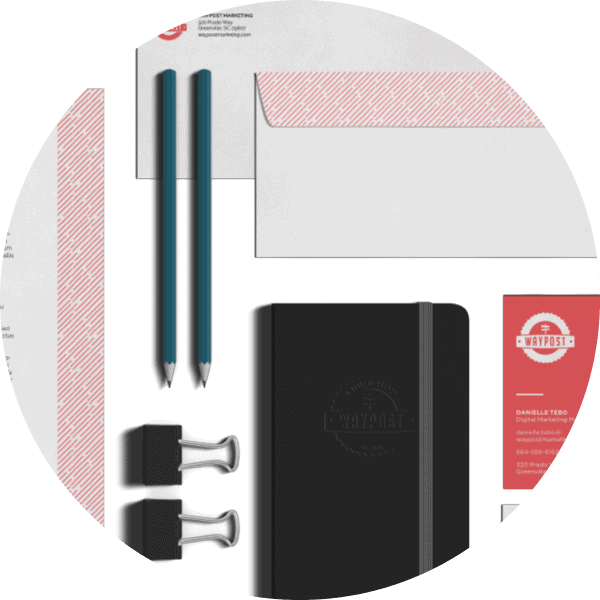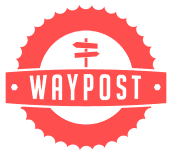
Why Blog Factories Are Bad For Inbound Marketing
September 19, 2017
What Is A Sales Funnel And Why Do I Need It?
September 29, 2017
In today’s business culture it’s important to put a premium on generating leads. The level of difficulty for capturing, maintaining, and progressing leads is harder now than it has ever been. People don’t trust their business to just anyone. They want to make sure the products and services they purchase are the best and coming from brands that speak to them. As marketers, we need to understand the needs and desires of our potential customers, and speak to them in exciting and relevant ways if we expect to win their business.
In order to generate leads and ultimately get those leads to buy from you, it is important to engage them with captivating content throughout their buyer’s journey. The buyer’s journey is a process that begins the moment an individual first sees your content and continues until they become a paying customer. The best businesses extend this journey beyond that point by producing content that convinces customers to come back for more.
Creating captivating marketing content for the buyer’s journey is best done by splitting it into three phases: the lead generation phase, the lead nurturing phase, and the lead management phase.
The Lead Generation Phase
In the lead generation phase it’s important to create content that catches attention quickly. Outlets like social media, paid ads, and Facebook lead ads are a great place to start. People scrolling through their social media channels will see your content and, if it is designed and written well, it will capture their attention and promote your brand.
At this point, potential buyers aren’t necessarily in “buying mode,” which means it’s especially important that your content’s call to action is compelling, but not too “salesy.” Content that comes across as being too salesy can be a major turn-off for many buyers in today’s culture. Put together an enticing offer for people to learn more about your product or service, but don’t appear desperate for their business.
Once a prospect responds to your ad and fills out your form, he or she has now become a lead, and you can move them on to the next phase of the buyer journey.
The Lead Nurture Phase
The lead nurture phase is all about education. They’ve signed up to learn more about what you can do for them, and now it’s time to show them. Nurturing your precious leads is much like taking care of a new plant. Once you plant the seed, you need to water it. Water it too little and the plant will never grow; water it too much and it will drown, never blossoming into the beautiful plant you anticipated.
In the same way, if you are constantly sending your leads email updates, sales calls, and other communications, they will wash out and get tired of you. If you send them too little content, they may forget about your brand and move on to a different one. Finding the balance between too much and too little content is both an art and a science. Get it just right, and over time, you will gain the trust and business of the leads you’ve worked so hard to find.
Now that you have converted your leads into paying customers, its time to sit back, relax, and celebrate. Right? Wrong! The best companies differentiate themselves by continuing to build relationships with their customers and getting their repeat business. That is part of the next phase.
The Lead Management Phase
The third phase of the buyer journey is the lead management phase. Once a lead commits and purchases their product or service, many businesses stop marketing to them and consider the opportunity complete. However, some of the most impactful marketing campaigns target customers who have already made a purchase.
If you have done everything right up until this point and your product fulfills the need of the individual who bought it, that means you’ve gained their trust. Now, anytime you engage them in the future, they will be much more receptive to it. You can effectively follow up purchases with surveys or questionnaires to find out how they feel about the product they received.
Amazon is a prime (get it? Prime!) example of this process. Amazon keeps their customers engaged by asking them questions about the products they’re using. If somebody has a question about a product, Amazon gets answers from the people who have already purchased and used it. This provides real answers to the question asked, and also keeps the old customers engaged.
Building good relationships with your customers and leads is the best way to ensure that they’ll buy from you and keep coming back for more. Implementing these 3 steps in the buyer journey is not an easy task. It takes a lot of time and committed resources to produce and manage the content necessary for it to be successful. But if done well, lead generation, nurturing, and management can make a huge impact for your business.
See how we were able to leverage great customer relationships and increase lead generation by 25% for one of our clients on our new case study!
